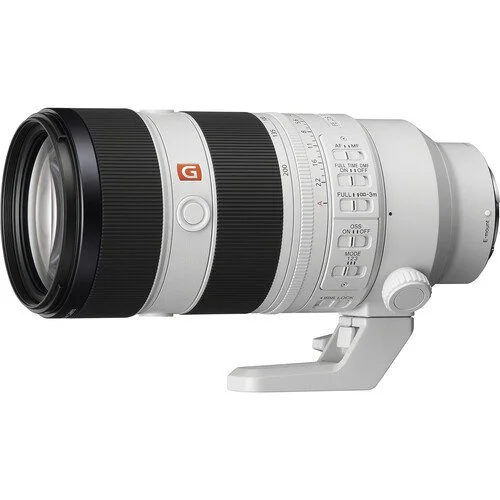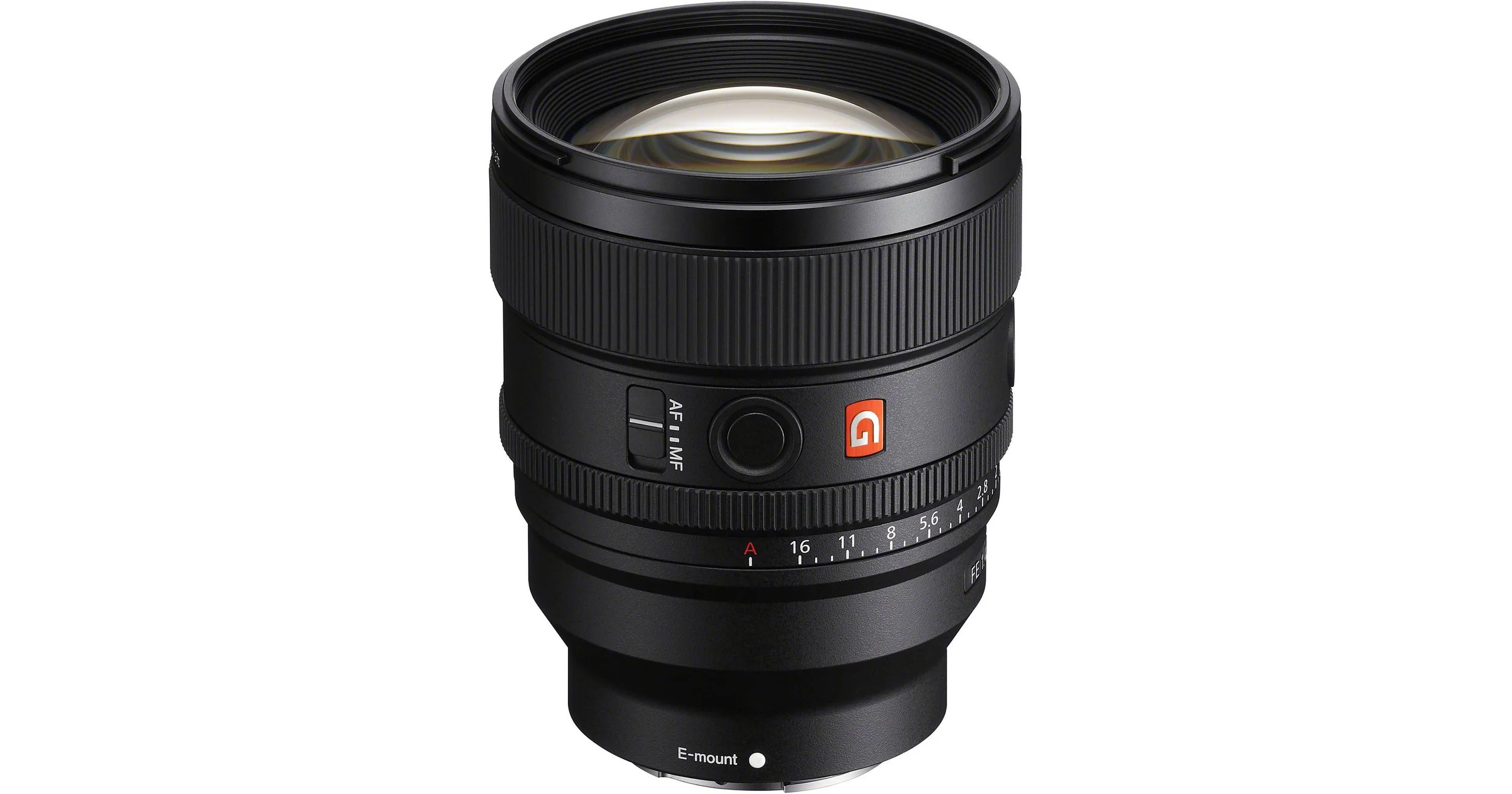Lens Guide | Top 3 Basic Lenses Every Photographer Need
One of the common questions I get the most from photographers just starting is, “What are the most-have camera lenses I need to invest in?” If you’ve been taking photos for years, this post probably isn’t for you–go flex your lens collection somewhere else. But if you’re new to the world of photography, welcome to the jungle! Let’s break it down so you can avoid turning your first lens into an expensive paperweight.
Before we start, if you’re going to invest in a lens, I encourage you to invest in the widest aperture lens you can afford, e.g., if you’re buying a 24–70mm lens, opt for the f/2.8 over the f/4 lens. Wider aperture lenses allow more light to enter the camera, making it ideal for photographing in low-light situations without sacrificing image quality. Wider apertures also create a beautiful shallow depth of field, giving you those blurred backgrounds (bokeh) that make your subjects pop.
Additionally, lenses with wider apertures enable faster shutter speeds, which help freeze motion or capture sharper images in challenging conditions. Simply put, a wider aperture lens is more versatile and powerful, becoming an essential part of your kit. If upgrading to the f/2.8 lens means waiting a bit longer to save up, it’s worth it—don’t compromise.
With that out of the way, let’s move on.
The All-Purpose Zoom: 24–70mm
The 24–70mm lens is the Swiss Army knife of photography—every photographer's trusty sidekick. It’s versatile enough to nail everything from stunning portraits to epic landscapes. Need to shoot in a cramped corner? No problem. Want to zoom in for that perfect close-up? It’s got you covered. Honestly, if this lens could make coffee, it’d be unstoppable.
Why You Need It: It’s the perfect lens for day-to-day shooting, offering sharpness and flexibility.
Best For: Weddings, events, portraits, and travel photography.
Side Note: I have gone a year shooting nothing but the 24–70mm f/2.8 and made due.
The Telephoto Lens: 70–200mm
For photographers wanting to add compression and depth to their shots, the 70–200mm lens is a game-changer. It’s perfect for isolating subjects and creating that soft background blur (bokeh) everyone obsesses over. Plus, as a telephoto lens, it gives you the bonus of keeping a safe distance—whether it’s from a skittish wildlife subject, a heated sports game, or just a grumpy wedding guest. Who needs danger when you’ve got range?
Why You Need It: Incredible for capturing distant subjects or flattering portraits.
Best For: Sports, wildlife, events, and portrait photography.
Side Note: The is often the one I leave home because I’m not usually getting chased down by wildlife.
The Prime Lens: 85mm
Every photographer needs a prime lens, and the 85mm is a personal favorite for a reason. Its incredible sharpness and dreamy bokeh make it a go-to for portraits that truly stand out. The fixed focal length challenges you to think more intentionally about your composition while consistently delivering top-tier image quality. With this lens, even your mistakes will look intentional.
Why You Need It: Exceptional for creating professional–grade portraits and low-light shots.
Best For: Portraits, fashion, and lifestyle photography.
Side Note: Don’t drop them. Please don’t ask me why I know that.
Putting it all together
Why these lenses? These three lenses cover the essential focal lengths for most types of photography. The 24–70mm gives you versatility, the 70–200mm adds depth and range, and the 85mm prime lens provides unmatched sharpness and creativity.
Investing in these lenses will step up your photography game, letting you capture amazing shots in almost any situation. They’re reliable and versatile and make your job much easier—because the right gear makes a difference.




